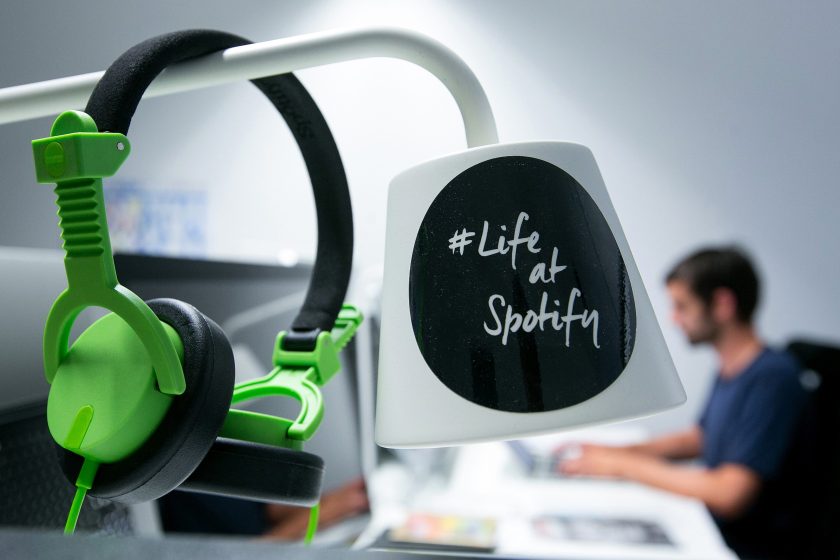
There is a war being waged for your ears. The armies are teams of curators huddled around laptops. The battlefront is playlists, but they’re not just any old list of songs. The goal is a grouping of tracks so cohesive and distinct that you’ll want to play it without interruption. More and more, streaming services like Spotify and Apple Music are providing this service for their customers.
There is a surprising amount of effort that goes into pre-made playlists; it’s not just about creating an algorithm. While many of them are generated via computer code, less than a hundred curators churn out the bread and butter of digital music services. One could argue that the music catalogs of these services are where the money is at, but industry data proves otherwise: Spotify’s human-curated lists receive more than 1 billion plays per week. In fact, 1/5 of all streamed songs come from a playlist.
The overwhelming popularity of playlists can be boiled down to two different schools of thought. With millions of songs at your fingertips, finding an artist or album you like can be difficult, so curated playlists make it easy to find that new single from Katy Perry or live album you heard at a bar in Georgia. They are also a way music services can demonstrate the value of their product, competing with each other to prove they can give you what you want before you want it.
BuzzFeed‘s Reggie Ugwu explores the streaming services’ tastemaking niche, while also detailing the history of the playlist. For example, Ugwu describes how an in-house curator puts together a playlist at Google Play:
“The data is compiled in a Google spreadsheet, with each song in the playlist ranked by ‘Song Score,’ a multipoint metric that, like Spotify’s PUMA, accounts for things like average play length, skips, and number of thumbs-up or thumbs-down. Editors typically access this data via a Google-designed content management system called ‘Jamza,’ which, among other things, can recommend songs to add to a playlist based on ones that have already been chosen, or by doing a keyword search. Tens of thousands of playlists created by around 20 full-time Google Play Music editors, plus an extensive network of freelance specialists, populate the service’s ‘concierge’—a digital paper fortune-teller that serves users playlists based on activity, mood, or time of day. Log into the concierge at 8 in the morning and you’ll be regaled with playlists for ‘Waking Up With Energy’ or ‘Working Out.’”
Read Ugwu’s full story here.
This article was featured in the InsideHook newsletter. Sign up now.






















